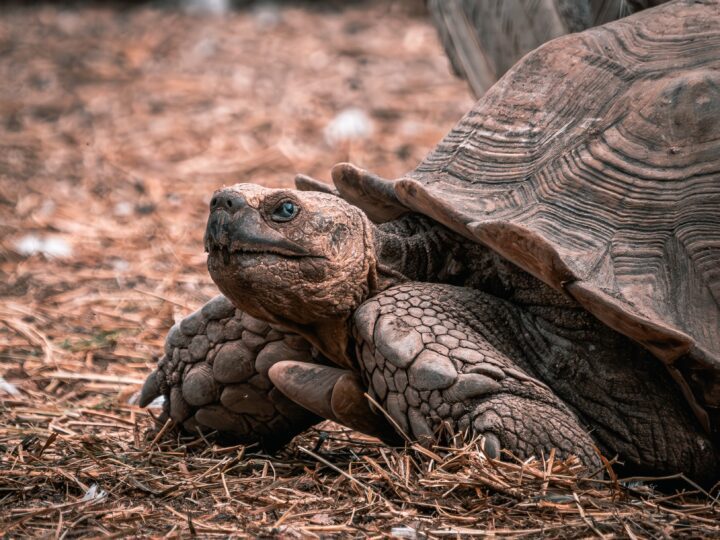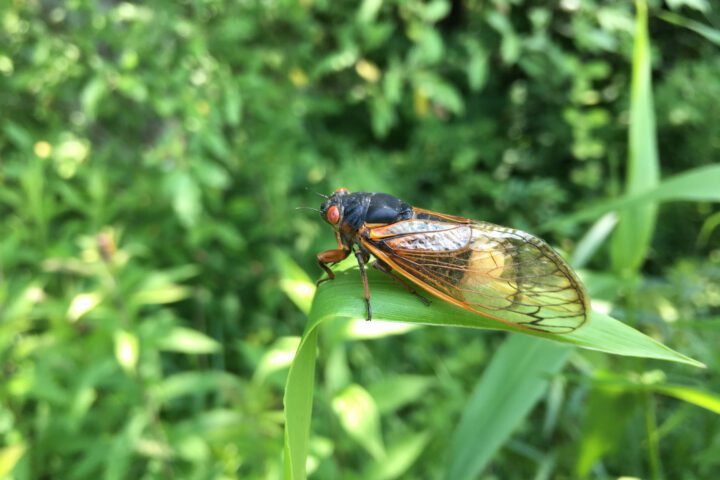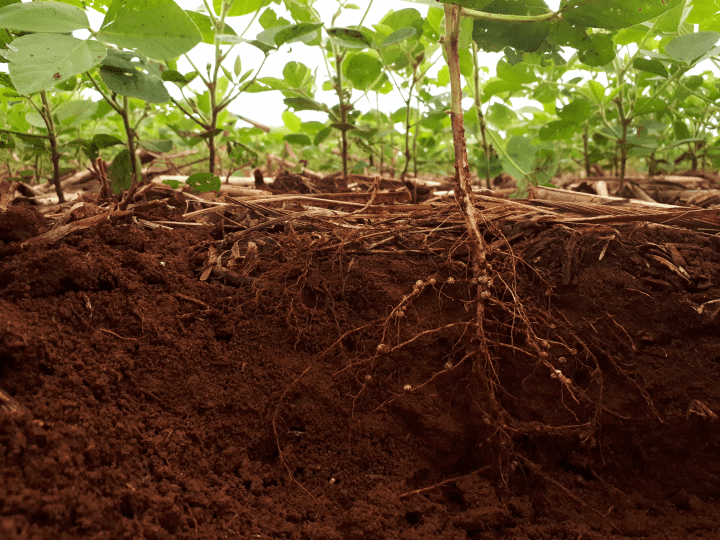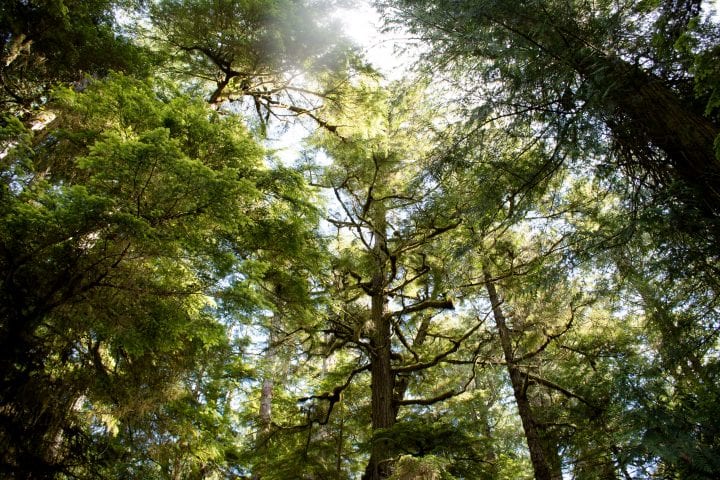Manage Disturbance in a Community
When environmental conditions change, they can disrupt an ecosystem’s equilibrium. Excessive rain can cause flooding and drought can cause forest fires. An ecosystem must be resilient to such disturbances. Disturbances are unpredictable in location, size, and intensity, so ecosystems must be able to regrow and must have a variety of duplicate forms, processes, or systems that are dispersed in location. For example, a forest ecosystem can recover from fire because diverse organisms play different roles in different ways and in different locations. Many organisms can resprout or grow from seeds triggered by fire, and their dispersed distribution ensures that an entire population isn’t decimated. Though the recovered ecosystem may look totally different from the pre-fire one, the ecosystem as a whole remains healthy.
Biological Control of Populations, Pests, Diseases
An ecosystem must prevent overpopulation of any given species within it, as well as the spread of pests and diseases, to allow organisms to survive without threatening extermination of other organisms or ecosystems. To control pests and diseases, living systems use such strategies as developing antibodies and killing or repelling pests or disease-causing organisms. Ecosystems have checks and balances to maintain populations, pests, and diseases. For example, in a lake, a balance of predators, prey, and nutrients is crucial for proper functioning of the ecosystem. Predatory fish keep down the numbers of smaller prey fish, which in turn keep populations of algae-eating zooplankton in check. When the levels of any of these organisms change, the change can disrupt the health of the entire ecosystem.
Maintain Biodiversity
The greater the amount of genetic and species variation in an ecosystem, the more resilient that ecosystem is to disturbances. Variation in ecosystems across the Earth also contributes to the Earth’s resilience to unpredictable changes. This variation is called biodiversity. Because living systems compete with each other for scarce resources, maintaining biodiversity involves creating conditions for a large variety of species to successfully co-occur and reproduce. For example, within a wetland, there are different vegetation types. This diversity results in a complex mosaic of microenvironments as the vegetation types alter air flows, light regimes, and water temperatures and chemistry. Because organisms vary in their ideal environmental conditions, these micro-environments increase the diversity of plants in the wetland. In turn, having a wetland in an otherwise dry area increases biodiversity at an even larger scale.






